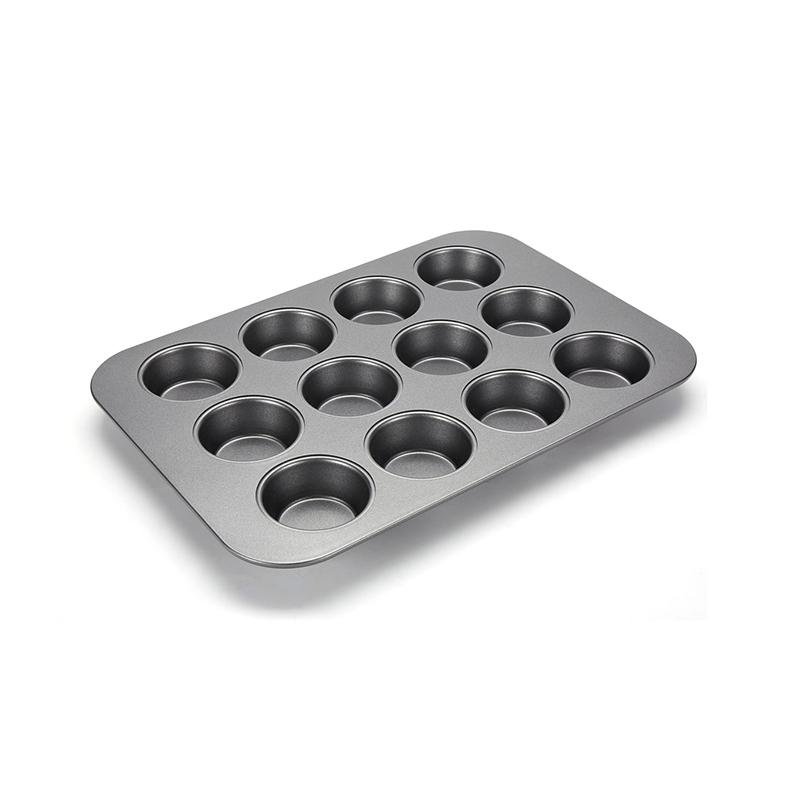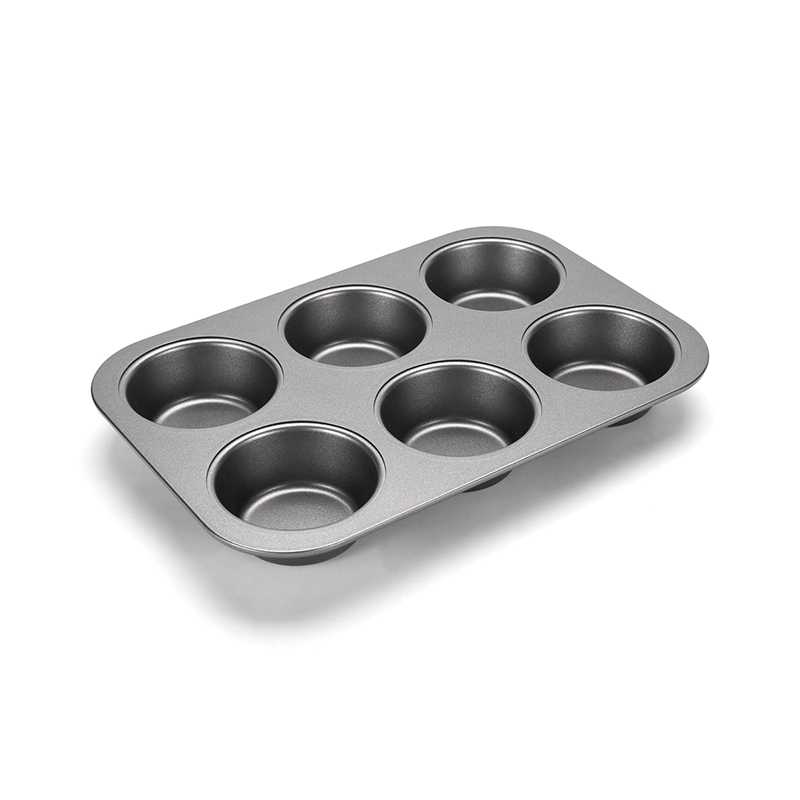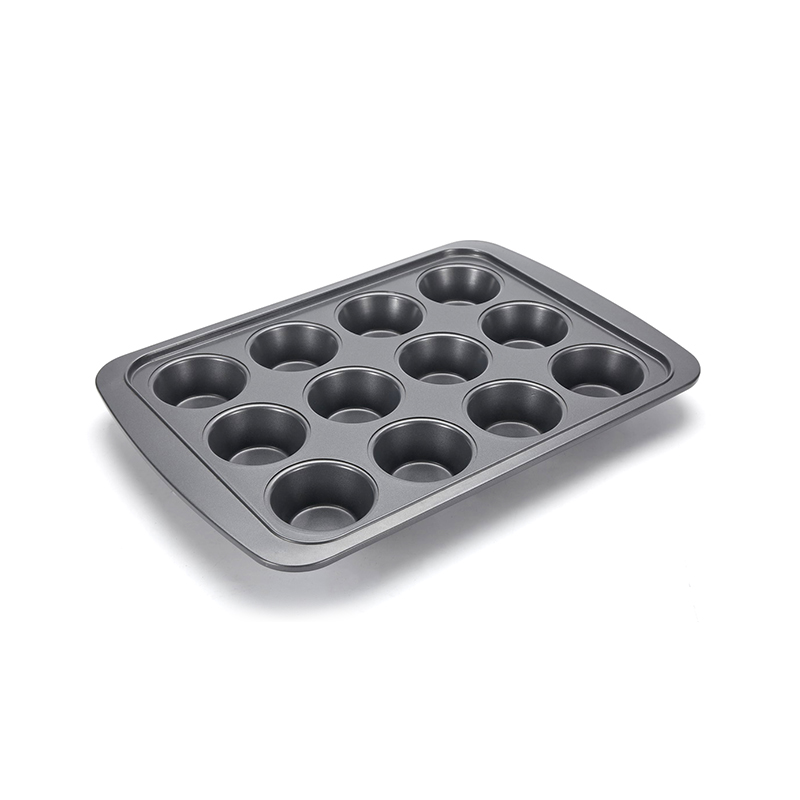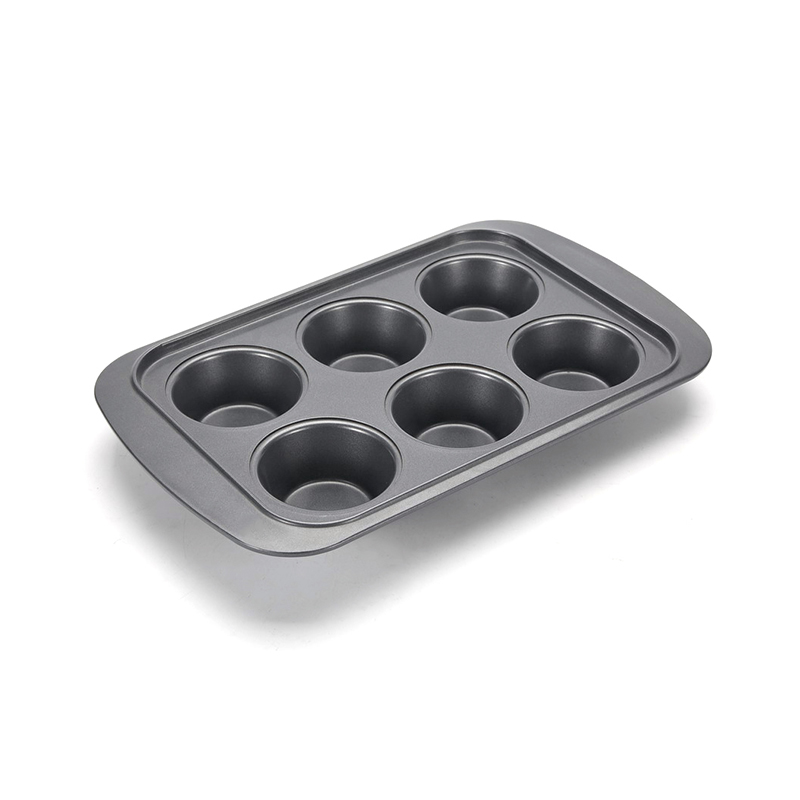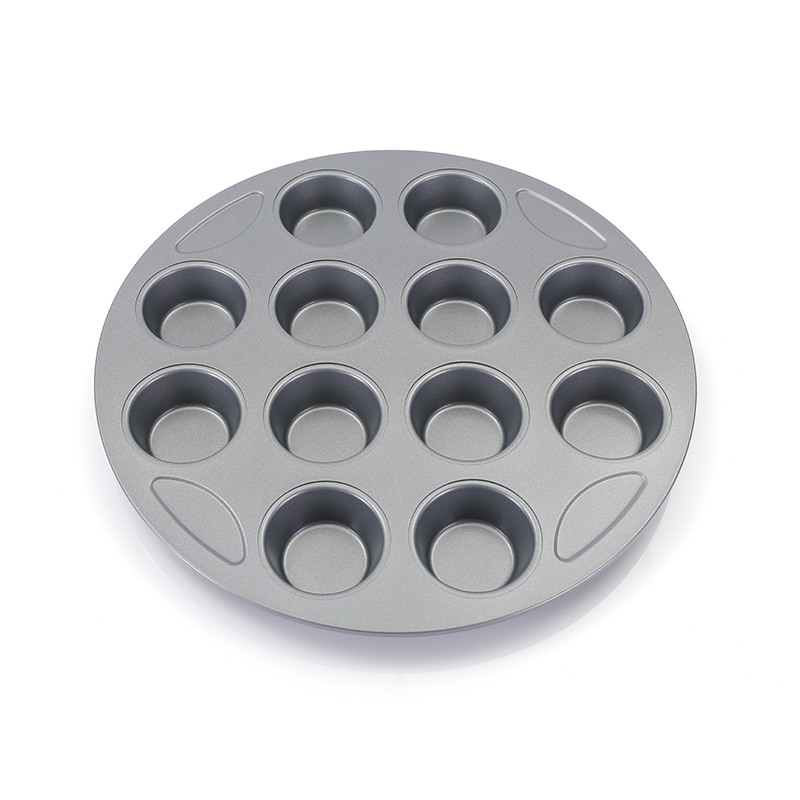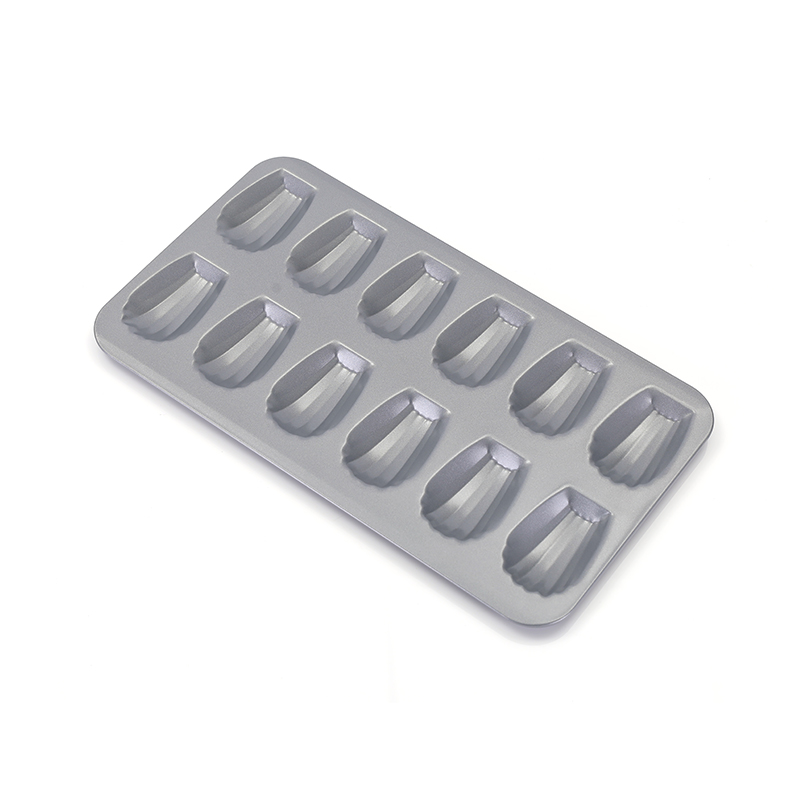The Springform Cake Pan is becoming an increasingly important product in both home-baking and commercial markets. Global demand continues to expand, driven by a growing interest in high-quality bakeware that accommodates delicate desserts and layered cakes. The market size for springform pans has reached over USD 1.1 billion and is expected to maintain steady growth in the coming years. Consumer preferences are shifting toward pans that offer durability, ease of use, and consistent performance.
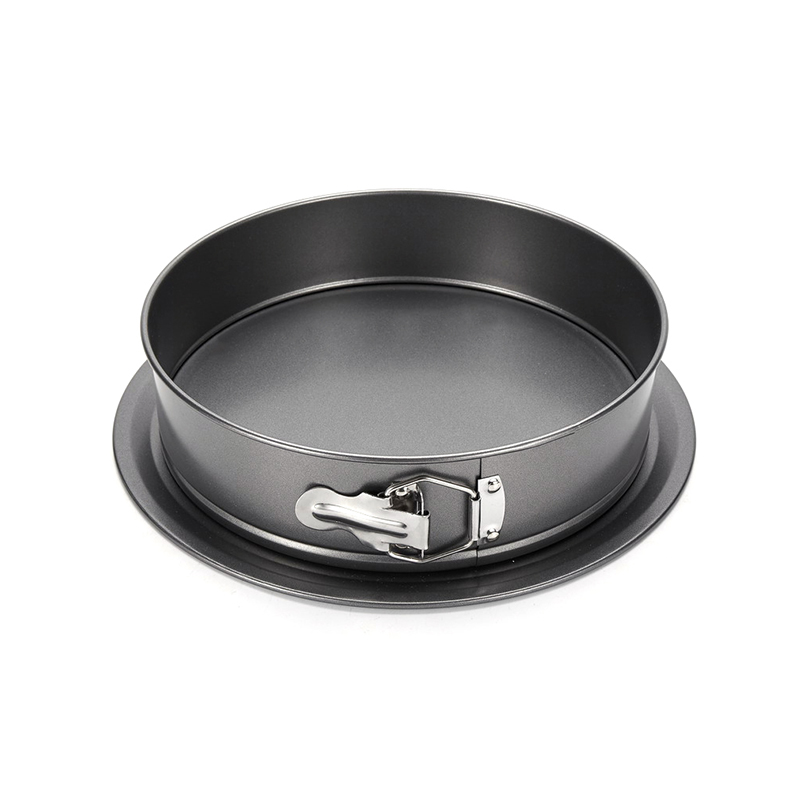
For manufacturers, this growing demand emphasizes the importance of precise production planning and quality control. Factories need to address efficiency, product consistency, and material sourcing to meet both domestic and international buyers’ expectations. The Springform Cake Pan stands out for its removable base and secure collar, which allow cakes to be easily released without damage. This functionality adds complexity to production compared with traditional fixed pans and requires specialized assembly processes.
Springform Cake Pan Factory Operations: What questions are factory managers asking now?
Factory managers are focusing on several operational questions specific to Springform Cake Pan production. These include how many units per month must be produced to meet increasing market demand, how to allocate production between non-stick, silicone, stainless steel, and aluminum variants, and how to maintain consistent quality in complex assemblies.
Yield loss is a critical consideration. Removable bottoms and spring collars introduce potential for leaks and defects. Ensuring leak-resistant performance requires careful quality inspection and precise tooling. Factories must also evaluate labor and automation balance, determining where manual assembly remains necessary and where automated processes improve efficiency.
Springform Cake Pan Material and Design Trend: Which specs are gaining traction?
Material selection plays a key role in both product performance and manufacturing efficiency. Popular materials include anodized aluminum, carbon steel, aluminized steel, and silicone-coated variants. Non-stick coatings are particularly important, as they reduce the risk of cake damage and simplify cleaning.
Design trends focus on leak-proof closures, robust spring mechanisms, and precise removable bases. Factories are exploring variations in collar and latch designs to minimize leaks while maintaining ease of use. Size segmentation is also a factor, with small, medium, and large pans catering to different markets. Selecting the right combination of size, material, and closure design allows factories to balance production efficiency, cost, and product quality.
Factories must also consider ergonomics for both operators and end-users. Handles, collars, and pan walls need consistent thickness and fit, ensuring durability and user satisfaction. Monitoring defects related to coating, assembly, or material warping is critical for maintaining high standards in production.
Springform Cake Pan Supply‑Chain and Global Market: How does factory output compare globally?
Global demand varies by region, with North America, Europe, and Asia-Pacific showing strong interest in quality bakeware. Factories must evaluate whether their production footprint aligns with these regions, considering raw-material availability, transportation logistics, and lead times.
Cost per unit, defect rate, shipment reliability, and export efficiency are important metrics. Manufacturing processes that improve consistency and reduce waste directly enhance competitiveness. Factory managers also analyze trends in regional preferences, such as size and material choices, to optimize their product mix. Efficient supply chains allow factories to respond quickly to market fluctuations while maintaining consistent quality for Springform Cake Pan products.
Conclusion
For manufacturers, the Springform Cake Pan represents a valuable segment within the bakeware market. Steady global growth, clear design expectations, and regional demand patterns offer opportunities for optimized production and strategic planning. Key factory considerations include efficient production lines, defect reduction, and a balanced product mix across materials, sizes, and closure designs.




 English
English  Deutsch
Deutsch  Español
Español 


